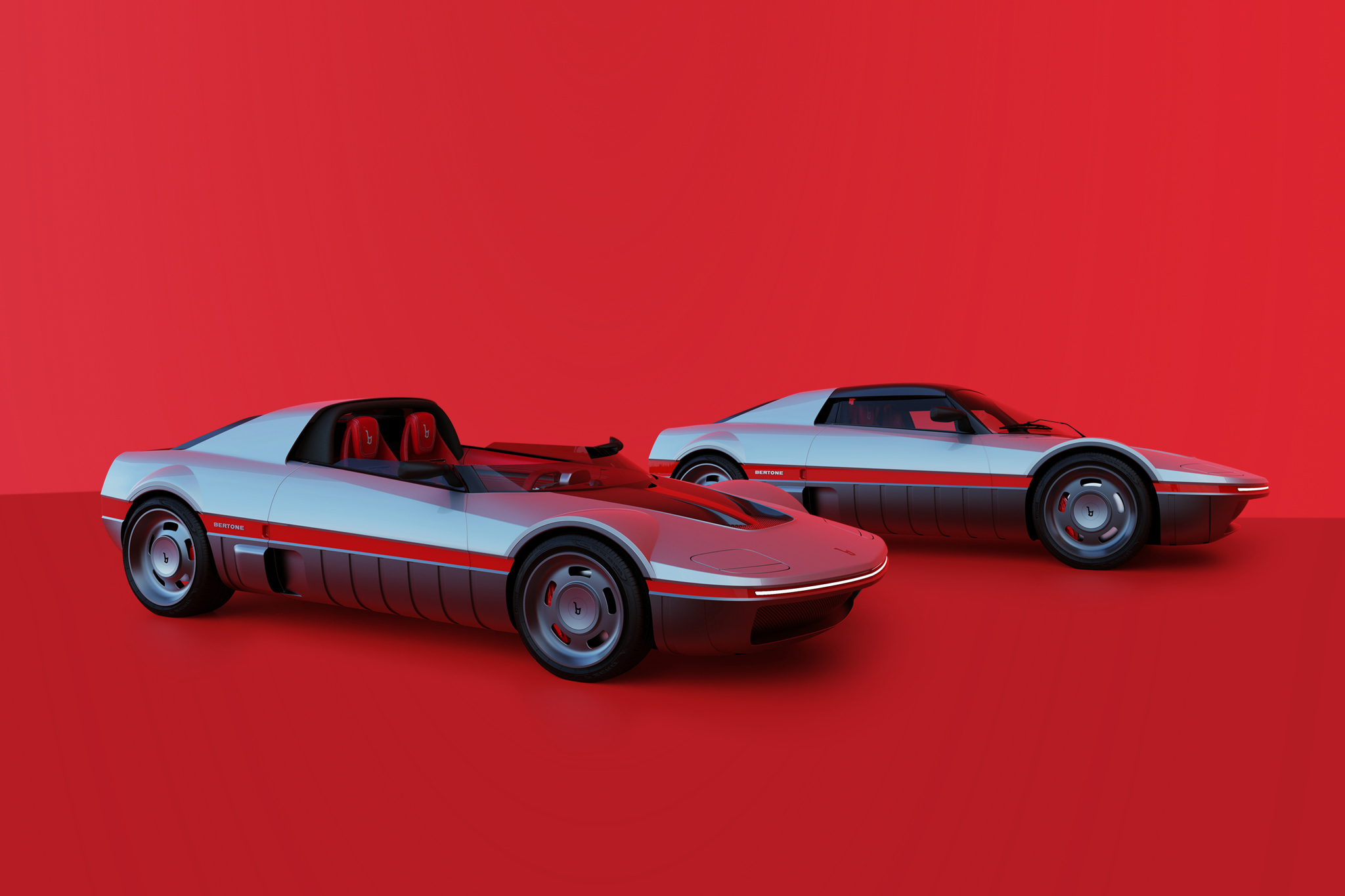30 Years of Jaguar XJ220
It could have been a huge success, but thanks to a financial crisis and a board decision that wasn’t understood by many buyers, the Jaguar XJ220 never achieved the unit sales that were expected. It was 30 years ago that this supercar came onto the market. After 280 units, production was ended. Slowly but surely, the Briton is becoming a sought-after classic car. But how did this project actually come about? In the 1980s, Jaguar competed for victories and successes in the Group C World Sports Car Championship against Sauber Mercedes-Benz and Porsche, among others. Accordingly, there was great interest among wealthy car fans in a road-going sports car whose V12 powerplant was derived directly from the racing engines. At the 1988 British Motor Show, the Jaguar XJ220 concept car was finally unveiled. The number behind the familiar letter abbreviation was intended to indicate the possible topspeed in miles per hour.
Development together with TWR
On the very first day of the show, a number of blank checks were already piling up in the backstage area of the Jaguar stand. Nevertheless, it took until December 1989 before Jaguar officially gave the green light for series production. TWR (Tom Walkinshaw Racing), the team responsible for Jaguar’s successful Group C racing cars, was brought on board as development and production partner. A press release was issued stating that only 350 examples of the XJ220 would be produced. Within a very short time, more than 1,200 orders were received. Some interested parties even sent the required 50,000 GBP down payment by check to be sure to receive a vehicle. But while the study still had all-wheel drive and a 6.2-liter V12 engine, the data and the car were trimmed down in series development – in the truest sense of the word.
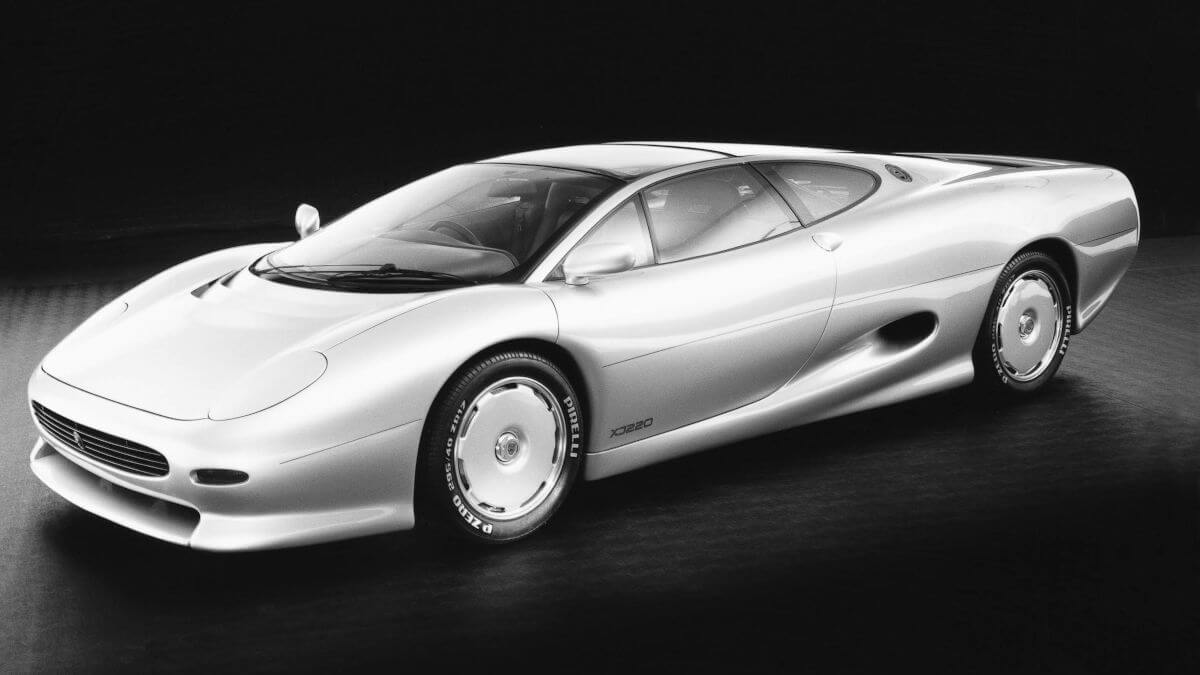







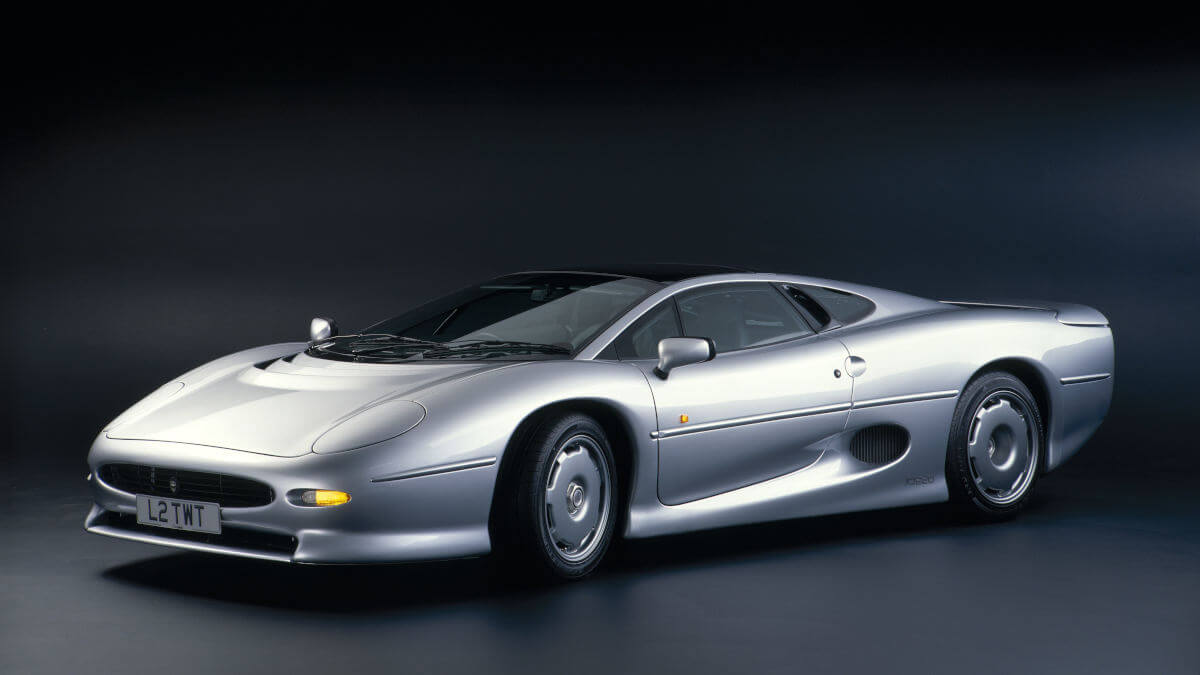



From 12 to 6 cylinders
The first thing that was modified was the chassis. Both the wheelbase and the overall length of the vehicle were reduced. All-wheel drive was also dropped. The racing V12 engine also fell victim to the red pencil and was replaced by a 3.5-liter V6 with two turbochargers. However, its basic features can also be traced back to motorsport: without turbocharger, it was used in the MG Metro 6R4, the British car for Group B World Rally Championship in the 1980s. In the Jaguar XJ220, the power unit produced 399 kW/542 hp, although Jaguar itself even spoke of 405 kW/550 hp in later press releases. The power was transmitted to the rear tires via a five-speed manual transmission. Even during testing, Jaguar was keen to prove the target speed it had set itself – 220 mph topspeed. Prototype number 002 circled the Bruntingthorpe oval course in September 1990 and reached 186 mph.
It just missed 220 mph
Later in the development process, test driver Andy Wallace drove chassis number 004 to 213 mph during high-speed test runs at Fort Stockton/Texas. This figure was topped again with another pre-production car in Nardo, Italy. 218 mph was achieved there. Although this meant that the XJ220 missed the set target by two miles per hour, it was still officially the fastest production car in the world until the McLaren F1 appeared. Nevertheless, many interested customers turned away from the production implementation of the XJ220 because they had originally dreamed of a Le Mans race car for the road. For them, this also included the naturally aspirated V12 engine. In addition, there was the unfortunate situation that at the start of deliveries in July 1992, there was a financial crisis, which caused other potential customers to drop out of their contracts.


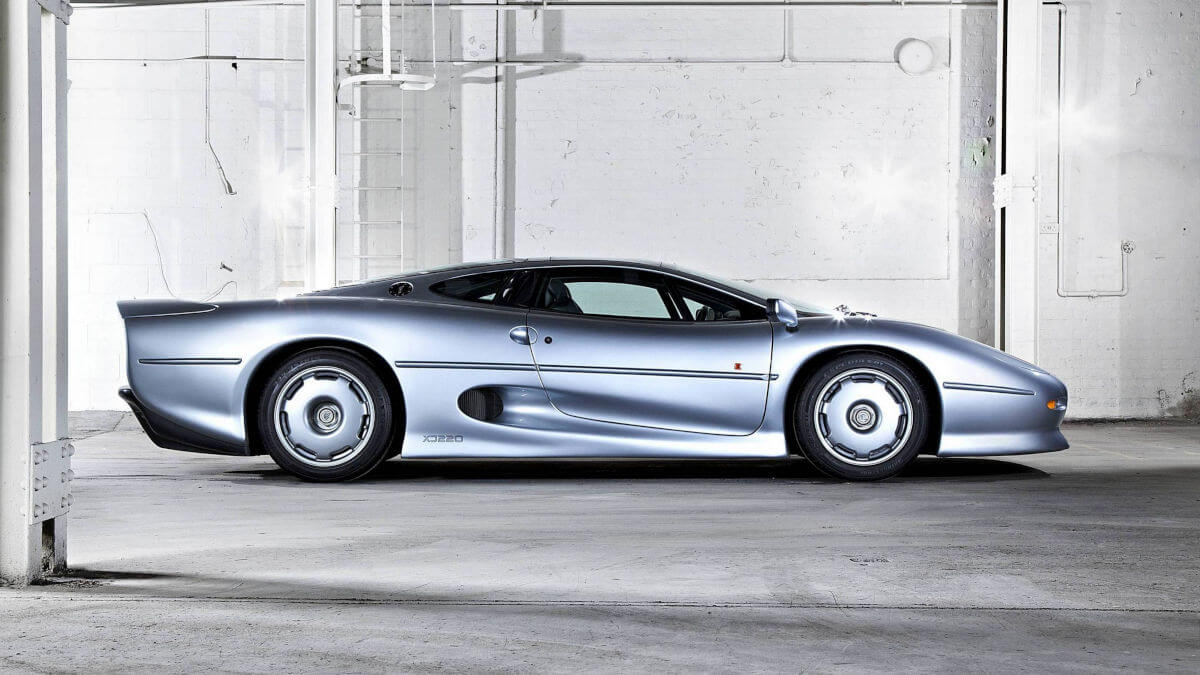

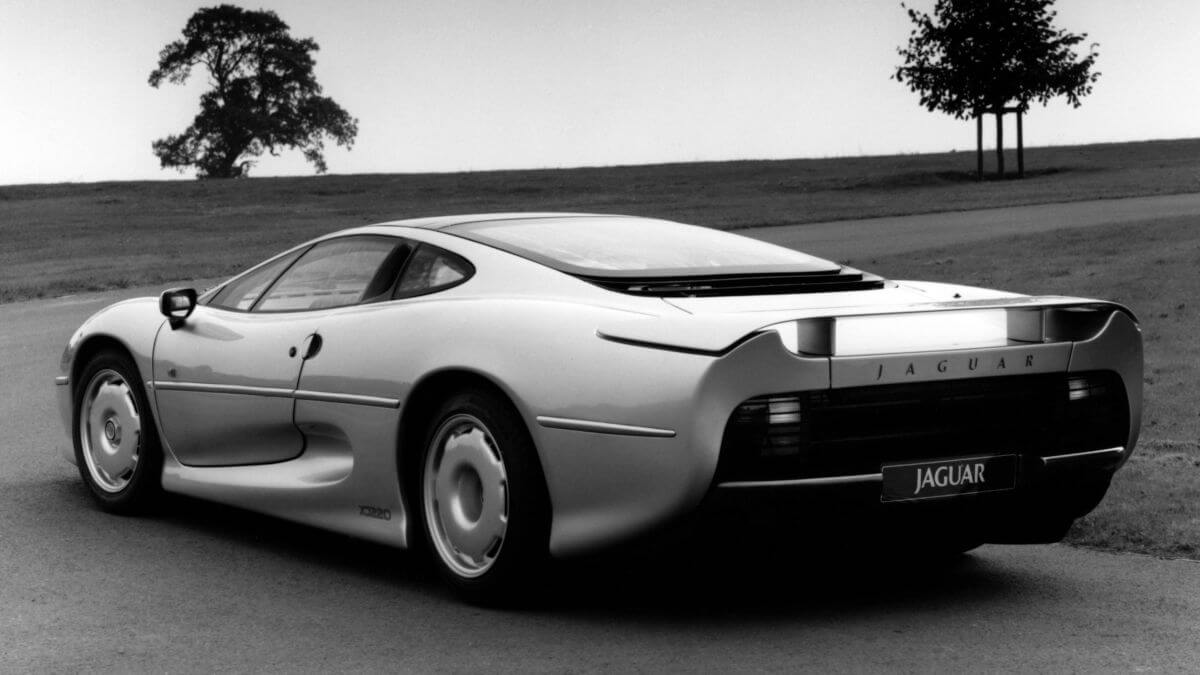















Racing looks for the road
To promote sales, TWR built three XJ220 S race cars that competed in the GT class of the prestigious 24-hour race at Le Mans. Although one car took the class win in the process, all three cars were subsequently disqualified. TWR had dispensed with the mandatory catalytic converter during the race. Nevertheless, the race team subsequently received inquiries from customers who liked to have a road car with the aerodynamics of the race car. As a result, a total of six street-legal XJ220 Ss were produced. In addition to the spoiler kit, consisting of carbon and Kevlar components, these vehicles received a performance upgrade to around 500 kW/680 hp. Even more exclusive is the Jaguar XJ220, which Prince Jefri, brother of the Sultan of Brunei, had converted by Pininfarina for his huge car collection. How many examples Pininfarina converted in total remains a secret to this day.
Value appreciation potential
What is known, however, is that at least 18 Jaguar XJ220s were delivered to Brunei. Other prominent owners are or were Sir Elton John, Flavio Briatore and of course Tom Walkinshaw, the deceased founder of TWR. After 280 units, production of the XJ220 ended in 1994. In the meantime, the vehicle hasn’t yet become the most sought-after Jaguar model, but prices are rising continuously. While about 15 years ago 150,000 € were sufficient for a good example, the value is now already around 500,000 €, with some vehicles being priced above this every now and then. So if you’re interested in an XJ220, it’s time to make your move. About ten years ago, Jaguar announced a new supercar with the C-X75. In the process, history repeated itself, as the original drivetrain wasn’t to be transferred to series production. In the end, the prototype only made it into the James Bond movie Spectre, but never onto the road.
Images: Jaguar, Pininfarina



